Arctic Liquid Freezer III
Arctic says that historically, it can’t recall a product receiving more user interest right out of the gate, just after release, than the Liquid Freezer III coolers. But no wonder. In addition to efficient fans, they bring several features to enhance cooling performance. The latter is not only high, but also very affordable. Arctic has put the coolers on sale with a rather large, still ongoing discount. A 360-millimeter variant for under 80 euros?
Arctic has prepared the Liquid Freezer III coolers 12 ways, in a variety of formats and designs. For all of them (240, 280, 360 and even 420 mm) there are three options to choose from. There is one without lighting and the two with ARGBs are available in complete white (with white fans, white radiators and also with a white tube cover), in addition to the black designs.
While the fans of the coolers with ARGB LEDs have an impeller with a hoop (P12 PWM PST A-RGB or P14 PWM PST A-RGB), the non-LED coolers do not have it and are the P12 PWM or the P14 PWM fans. Regardless of the format, the fans always have 1700rpm, but as you know from our tests, characteristics of the lighted and unlighted ones are a bit different. Arctic P12 PWMs achieve higher airflow at the same speeds because they have longer blades, but they also have more annoying tonal peaks (than the Arctic P12 PWM PST A-RGB variants on the Liquid Freezer III lighted coolers).
Instead of the “standard” 27 mm, the radiators are 38 mm thick. Sure, on the one hand, this makes compatibility worse (especially in ceiling installations, where in some cases there may occur collisions with the motherboard), but it is so in order to achieve higher cooling performance.
The compatibility of the Liquid Freezer III is worse (than it used to be) in terms of supported platforms as well. You won’t install these coolers on Intel LGA 1200/115x and 2066 anymore, but then again, they were given extra consideration to be able to work on the more current Intel LGA 1700 platform (and the upcoming LGA 1851). For the latter, an ILM (Integrated Lever Mechanism) is included, which eliminates deformation of the socket at problematic points in these processors at high pressure, thus reducing the mechanical load on the motherboard and at the same time improving the contact between the cooler and the processor (and thus faster heat transfer).
On AMD processors, in turn, the coldplate with microchannels (on the inside) is centered above the asymmetrically (with respect to the processor PCB) placed CCD chiplets with the processor cores, where the highest temperatures occur. Heat dissipation from critical locations is thus faster.
The upgraded VRM cooler is also worth noting. Arctic took inspiration from jet engine compressors in its design. The slatted grille (you can see it well in detail in the photos above) is supposed to increase the pressure at the intake, which then also contributes to more efficient cooling (with higher airflow) at the exhaust.
Behind this grille (compressor) is the fan, and then behind that are the air routers, which in turn are tasked with more efficiently guiding the air streams to where the most intense cooling is typically needed. The difference in cooling performance around the socket is captured by internal thermal imaging tests.
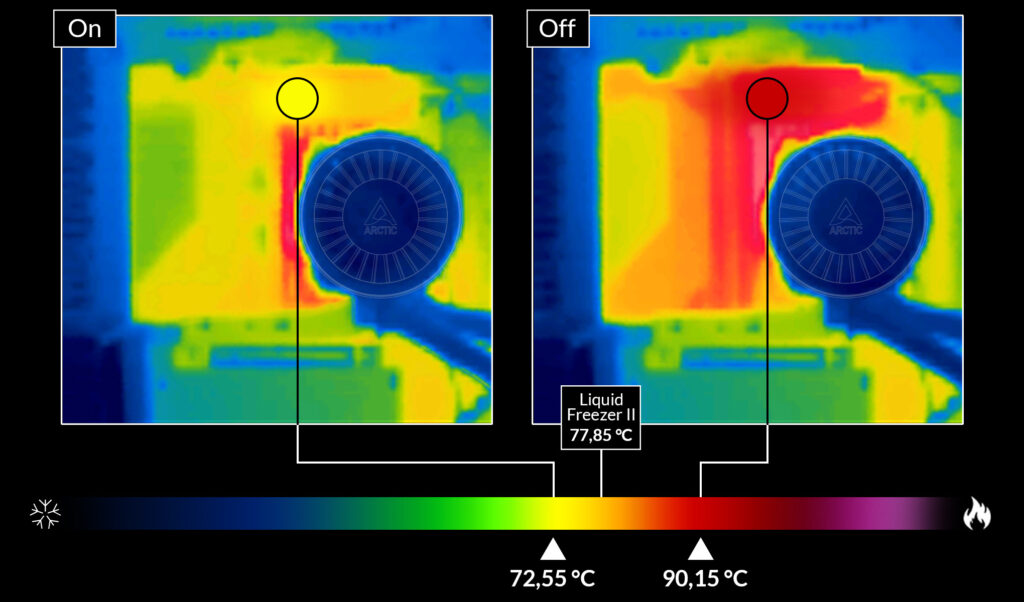
Arctic has boasted in communications to us that the pressure on orders has been enormous, which has certainly been helped by the deployment of surprisingly low prices. However, it is likely that these may not hold true over time, as these are merely “discounts”. For example, the cheapest Liquid Freezer III 240 is indeed available for 61 EUR, but this came only after a 41 percent reduction from 104 EUR. For the most expensive LF III 420 A-RGB it is again 97.50 EUR from the original 150 EUR. Sure, it’s a clever marketing ploy, but even so, those prices seem extremely attractive. That is, unless hindsight reveals that they are at the expense of something on which there has been too much skimping.
English translation and edit by Jozef Dudáš
- Contents
- Arctic Liquid Freezer III






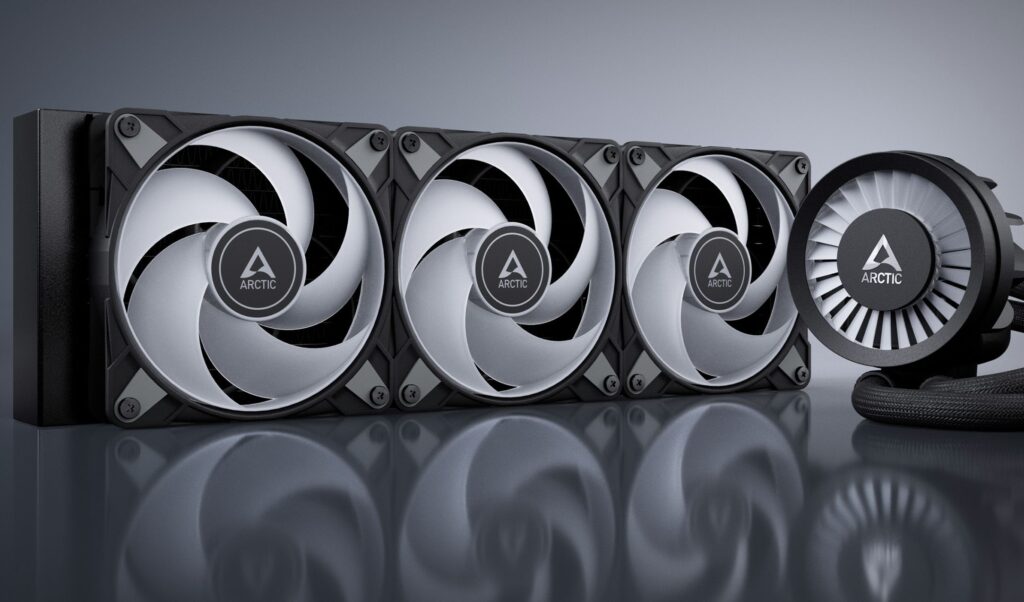
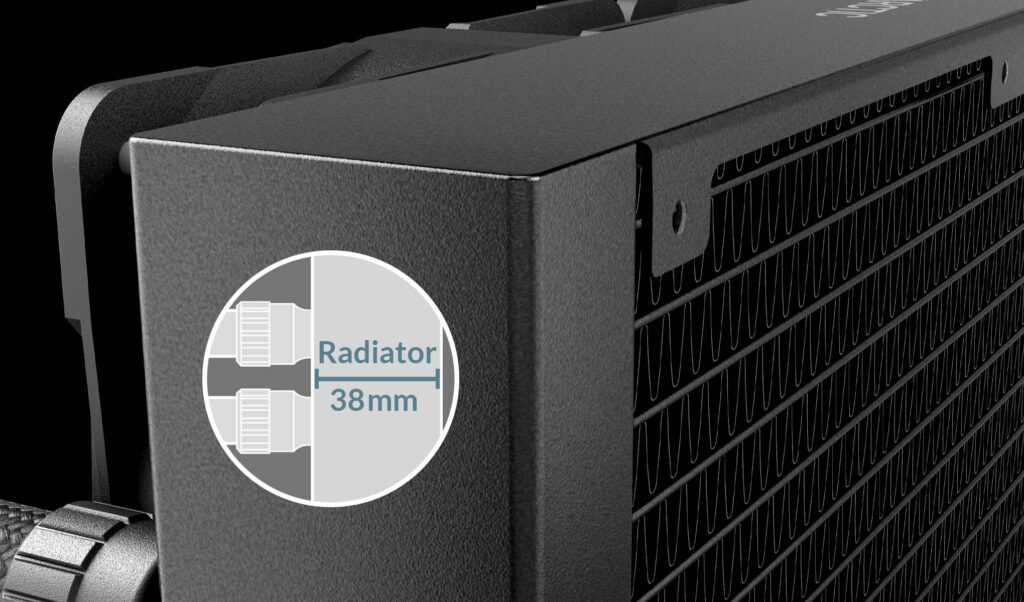
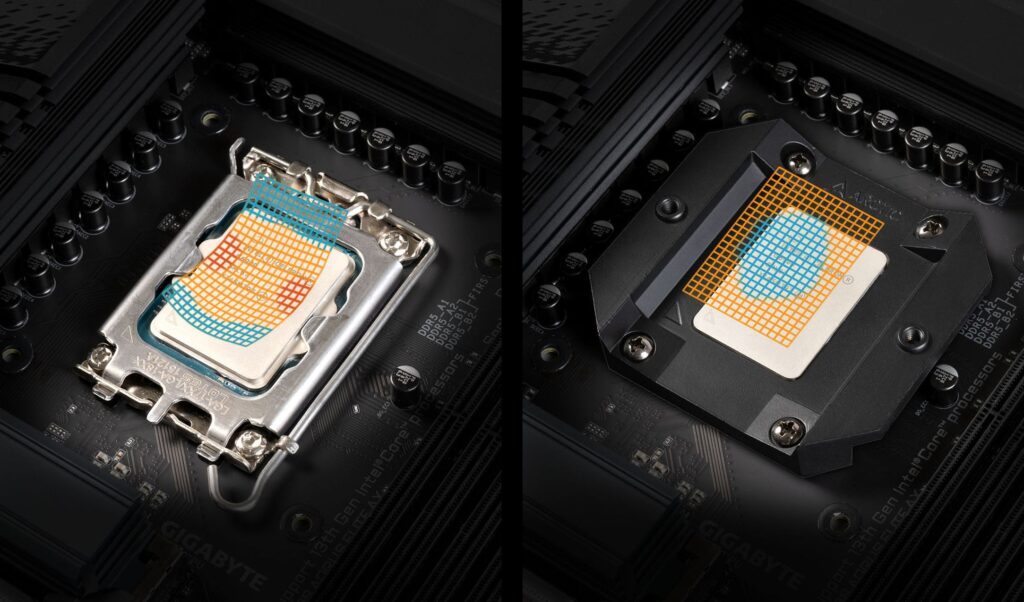
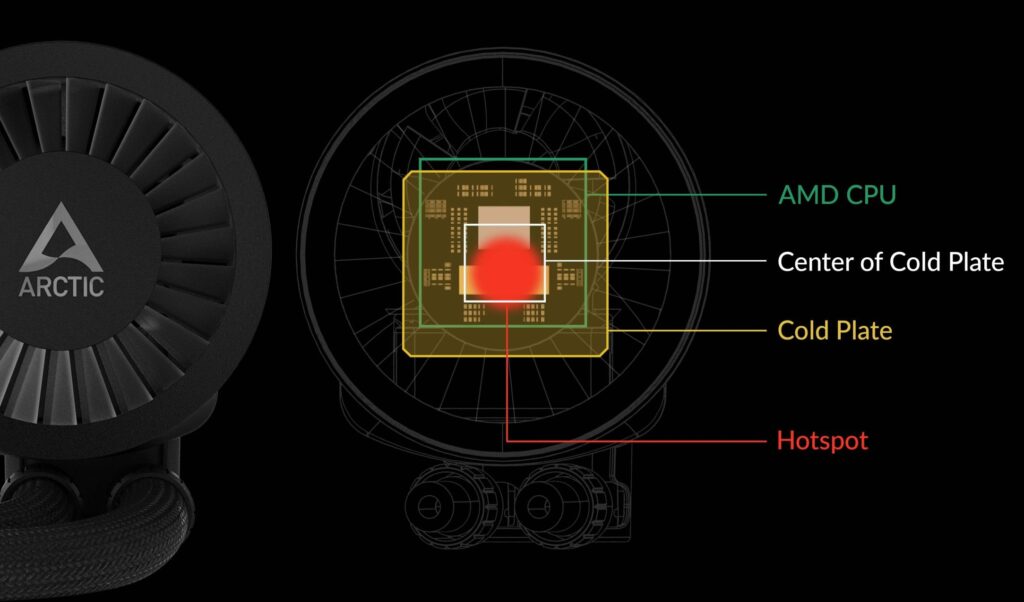
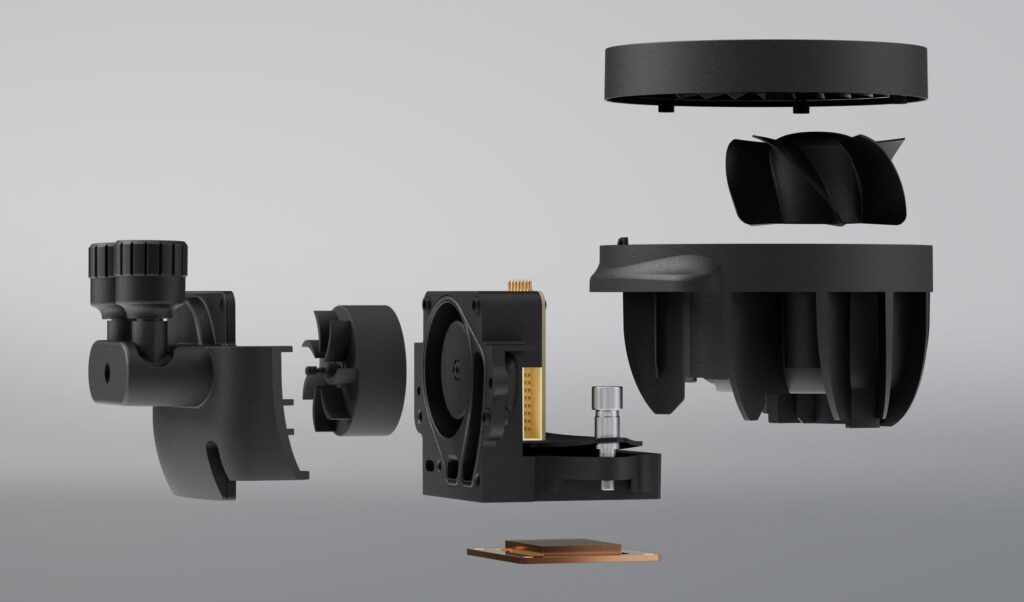






“slatted grille … is supposed to increase the pressure at the intake … contributes to more efficient cooling”
I doubt this claim. Probably easy enough to test though 🙂
Of course, in this case it is more of a theory than something that should be really useful in practice. Compressors on jet engines are after all just a slightly different situation working with completely different speeds.
This claim appears to be snake oil, but the block now looks significantly better than before.